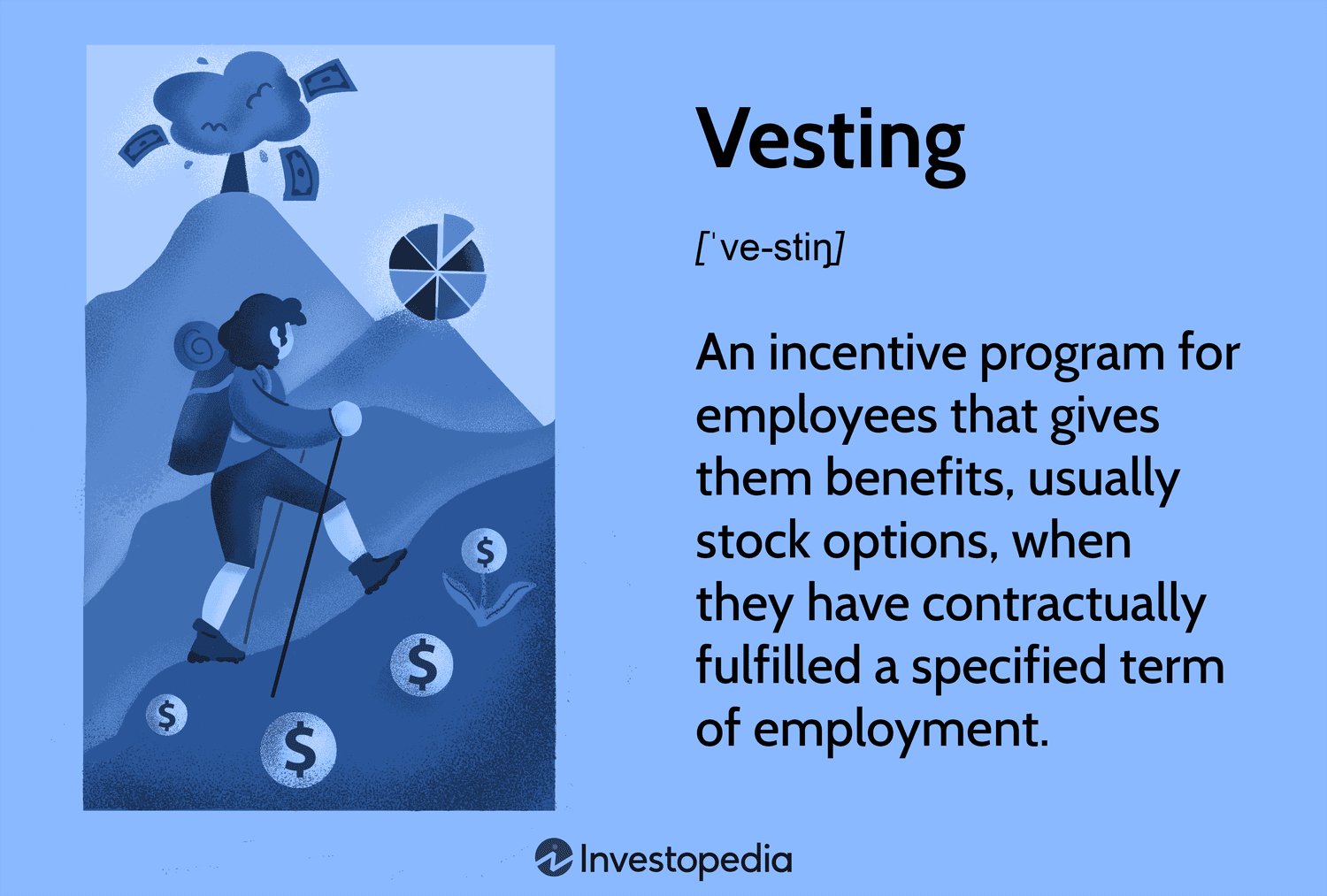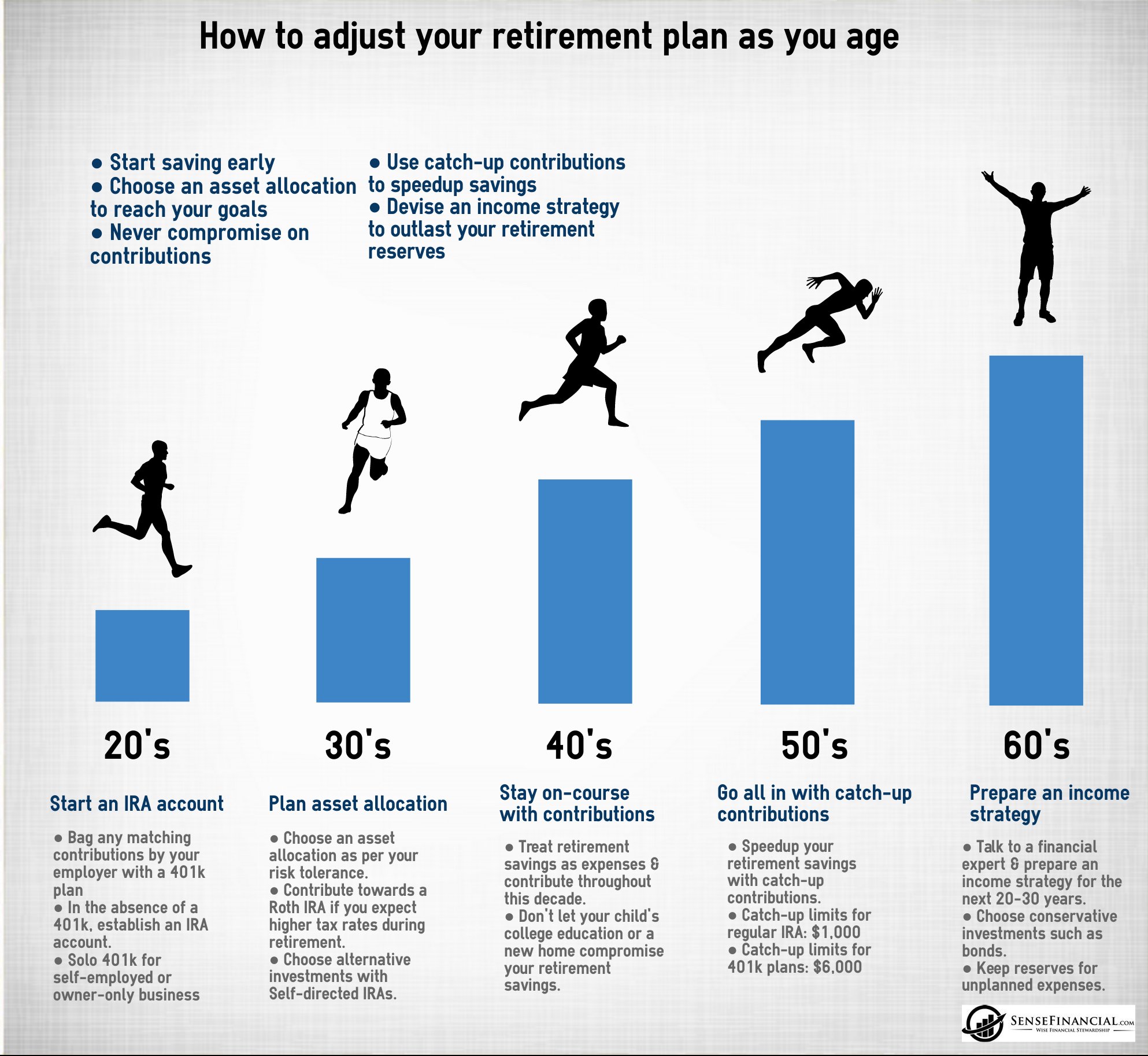Are you curious about what vesting in employee benefits means? Look no further! In this article, we will unravel the mystery behind vesting and how it relates to employee benefits. Employee benefits are an essential part of any organization’s compensation package, offering employees various advantages such as healthcare coverage, retirement plans, and stock options. However, understanding vesting is crucial for employees to maximize these benefits. So, let’s dive in and explore what vesting in employee benefits truly entails.
What is Vesting in Employee Benefits?
Employee benefits play a crucial role in attracting and retaining talent in any organization. They are designed to provide employees with various perks and advantages that go beyond their regular salary. One important aspect of employee benefits is vesting, which determines the extent to which an employee has access to or ownership of these benefits. In this article, we will delve into the concept of vesting in employee benefits, exploring its meaning, types, and implications.
Understanding Vesting
Vesting refers to the process of earning or acquiring ownership rights over a particular asset or benefit over a period of time. In the context of employee benefits, vesting determines when an employee becomes entitled to receive or retain certain benefits offered by their employer. It is essentially a mechanism that encourages employee loyalty and incentivizes them to stay with the company for a defined period.
Vesting is typically associated with retirement or long-term benefits such as employer contributions to retirement plans, stock options, or employer-matching contributions to retirement savings. While not all employee benefits require vesting, it is more commonly seen in benefits that involve significant financial value or long-term commitments.
Types of Vesting
There are two main types of vesting: cliff vesting and graded vesting.
1. Cliff Vesting
Cliff vesting involves a specific waiting period before an employee becomes fully vested in their benefits. During this waiting period, an employee has no ownership rights. However, once the waiting period is over, the employee becomes fully vested and gains complete access to the benefits. This means that if an employee leaves before the waiting period ends, they may lose all or a significant portion of the benefits.
For example, let’s say a company offers a retirement plan with a cliff vesting period of three years. If an employee leaves the company before completing three years of service, they may not be entitled to any employer contributions made to their retirement account.
2. Graded Vesting
Graded vesting, also known as graduated vesting or incremental vesting, allows employees to gradually earn ownership rights in their benefits over a specified period. This means that employees become partially vested in their benefits based on their length of service. Each year, a certain portion of the benefit becomes vested until the employee reaches full vesting.
For example, a retirement plan with a graded vesting schedule may specify that an employee becomes 20% vested in their employer contributions after one year of service, and their vested percentage increases by 20% every subsequent year until reaching 100% after five years of service. If an employee leaves before completing the vesting schedule, they will only be entitled to the vested portion of the benefits.
Implications of Vesting
Vesting in employee benefits has several implications for both employers and employees.
1. Employee Retention and Loyalty
Vesting serves as an incentive for employees to remain with an organization for a certain period. By offering benefits that require vesting, employers encourage loyalty and reduce turnover. Employees who have vested benefits are more likely to stay with the company to fully benefit from their accumulated rewards.
2. Financial Security
Vested benefits, such as retirement plans or stock options, provide employees with a sense of financial security for the future. They enable employees to save and invest for a comfortable retirement or participate in the growth of the company through stock ownership.
3. Employee Engagement
Vesting in benefits can enhance employee engagement. Knowing that they have a stake in the company’s success can motivate employees to be more committed and dedicated to their work, leading to increased productivity and overall job satisfaction.
Vesting in employee benefits is a mechanism that serves both employees and employers. It ensures that employees have a stake in their long-term benefits, creating loyalty and financial security. By offering vesting programs, employers can attract and retain top talent, fostering a committed and engaged workforce. Understanding the types and implications of vesting is essential for employees to make informed decisions regarding their employment benefits and future financial well-being.
Vesting and Participation
Frequently Asked Questions
Frequently Asked Questions (FAQs)
What is vesting in employee benefits?
Vesting in employee benefits refers to the process by which an employee earns ownership or rights to certain benefits, such as retirement plans or stock options, over a specified period of time. It ensures that employees are entitled to their benefits even if they leave the company before fully receiving them.
What types of employee benefits can be subject to vesting?
Various employee benefits can be subject to vesting, including retirement plans, employer contributions, stock options, and employer-provided insurance coverage.
How does vesting work in retirement plans?
In retirement plans, vesting typically determines an employee’s right to receive employer contributions made to their retirement account. The vesting schedule specifies the length of time an employee needs to work for the company to become fully vested and entitled to the entire employer contribution.
What is a vesting schedule in employee benefits?
A vesting schedule outlines the period of time an employee needs to work for an employer to become fully vested in their benefits. It usually includes a gradual vesting process over a set number of years, with employees earning a certain percentage of ownership with each passing year.
Can vesting periods vary for different types of employee benefits?
Yes, vesting periods can vary for different types of employee benefits. Some benefits may have shorter vesting periods, while others may require employees to work for a longer period before becoming fully vested.
What happens if an employee leaves before becoming fully vested?
If an employee leaves the company before becoming fully vested, they may lose some or all of the employer-contributed benefits that have not yet vested. The unvested portion of the benefits typically remains with the employer.
What is the significance of vesting in employee benefits?
Vesting is significant as it provides employees with a sense of ownership and encourages them to stay with the company for a longer duration. It serves as a retention tool, incentivizing employees to work towards achieving the full benefits that come with vesting.
Can employers provide immediate vesting in employee benefits?
Yes, employers have the flexibility to provide immediate vesting in employee benefits if they choose to do so. Immediate vesting allows employees to become fully entitled to their benefits as soon as they are offered, without any waiting period.
Are there any legal requirements regarding vesting in employee benefits?
Yes, there are legal requirements regarding vesting in employee benefits. The Employee Retirement Income Security Act (ERISA) sets guidelines and regulations related to vesting in retirement plans, ensuring that employees are granted adequate rights to their benefits.
Final Thoughts
Vesting in employee benefits refers to the process by which employees gain ownership rights over employer-provided contributions or benefits over time. It ensures that employees are rewarded for their loyalty and commitment to the organization. Vesting typically involves a predetermined timeline or period of service before employees become entitled to the full benefits. During this period, employees gradually accumulate ownership rights. In simple terms, vesting allows employees to secure and claim their benefits gradually, serving as a retention tool for employers and a sense of financial security for employees. Understanding vesting in employee benefits is crucial for both employers and employees to ensure fair and transparent rewards.



